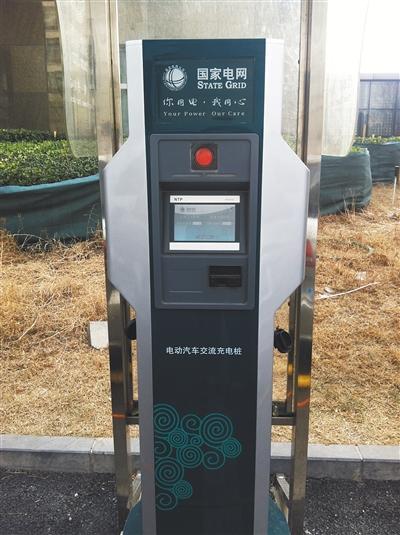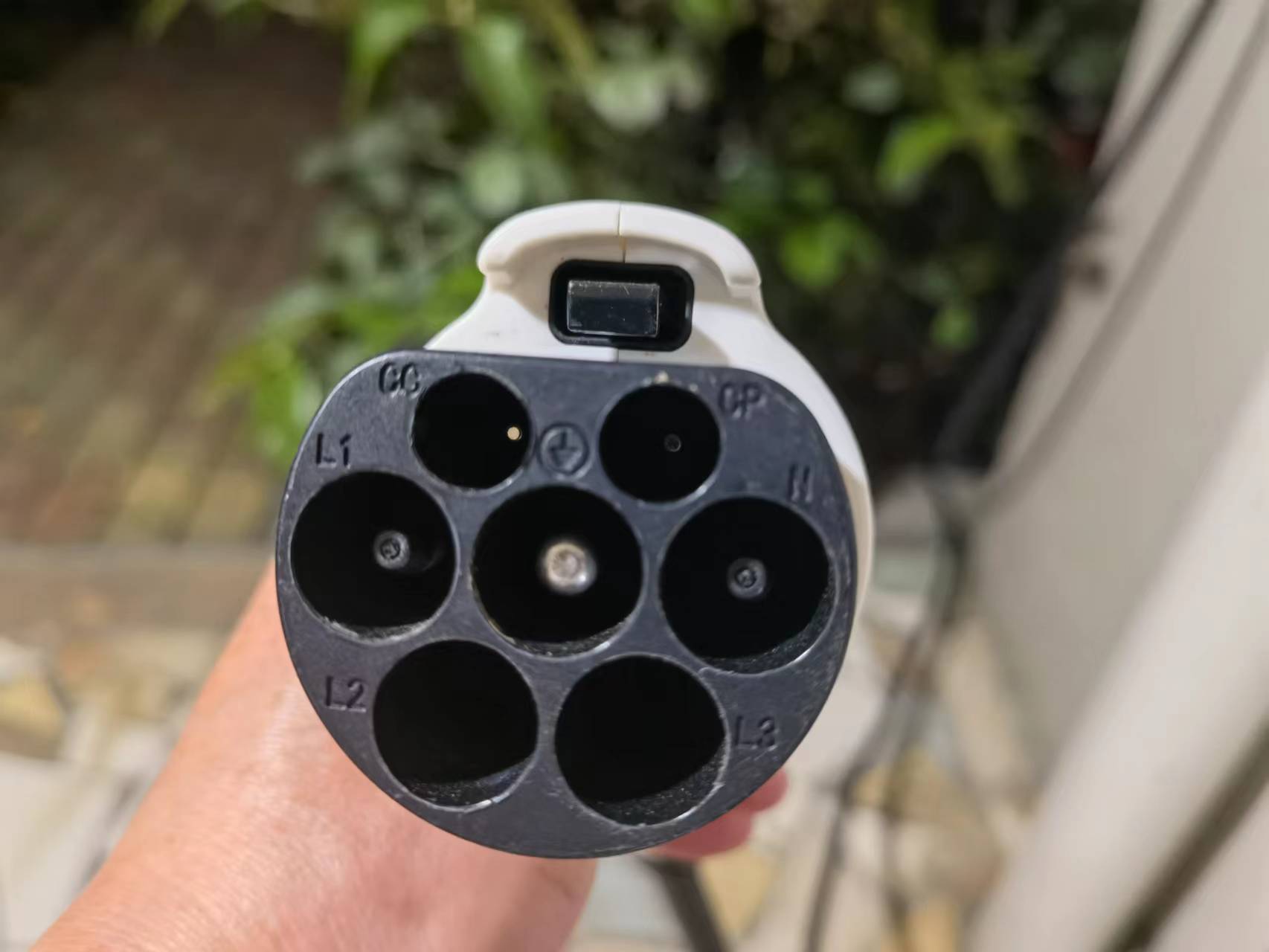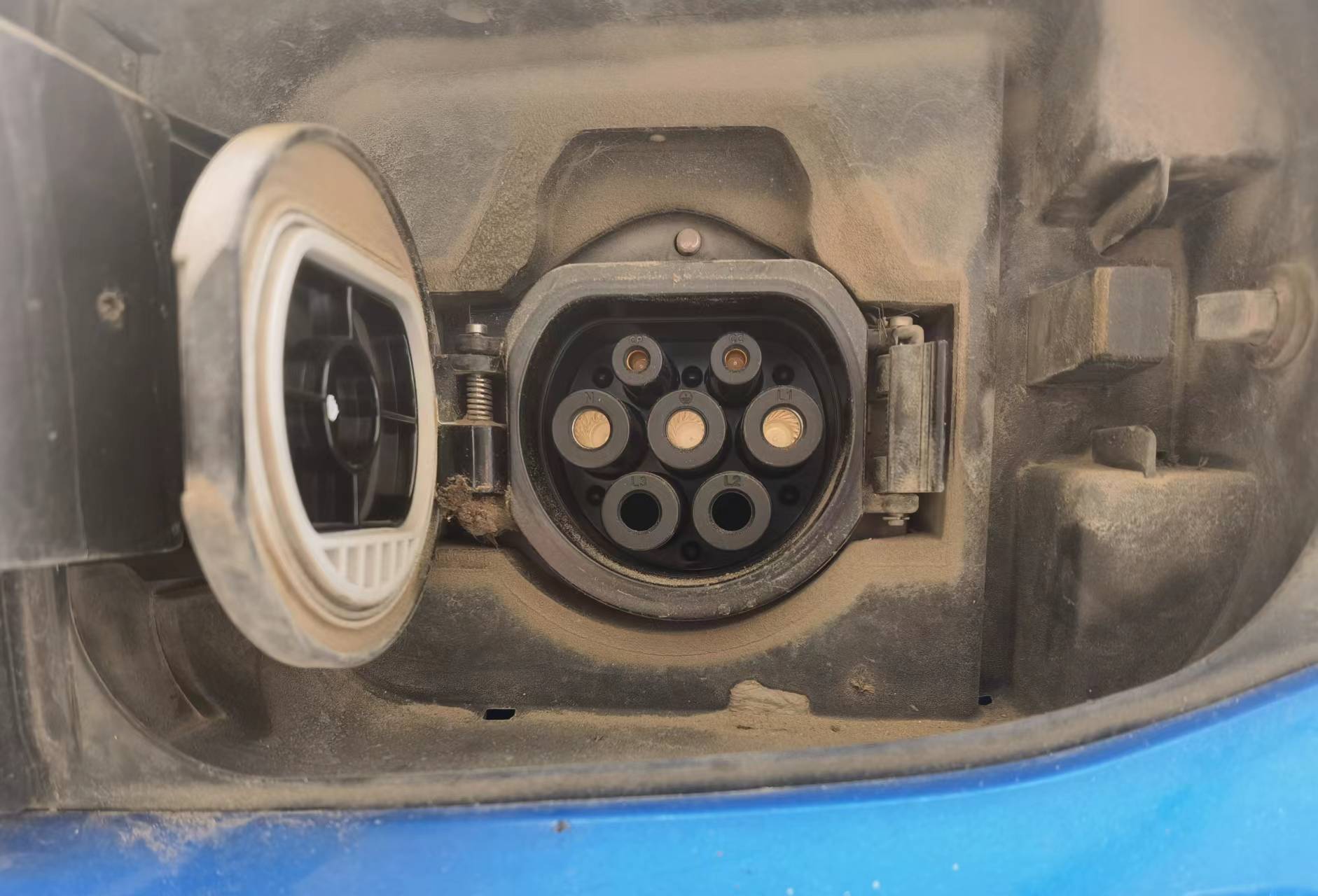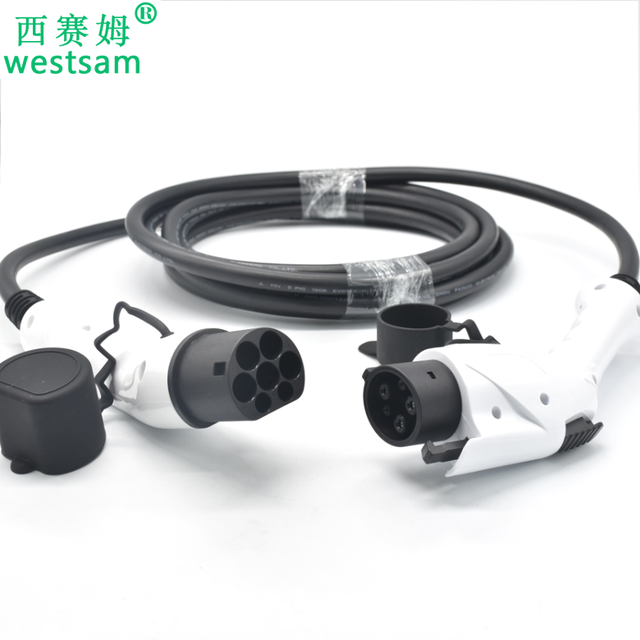“东风.俊风”新能源车辆提供快车与慢充两种模式。"Dongfeng. Junfeng" new energy vehicles provide two modes of express and slow charging.
快充和慢充是相对概念,一般快充为大功率直流充电,半小时可以充满电池80%容量,慢充指交流充电,充电过程需6小时-8小时。Fast charging and slow charging are relative concepts. Generally, fast charging is high-power DC charging, which can fill 80% of the battery capacity in half an hour. Slow charging refers to AC charging, and the charging process takes 6 hours to 8 hours.
电动汽车充电快慢与充电机功率、电池充电特性和温度等紧密相关。当前电池技术水平下,即使快充也需要30分钟充电到电池容量的80%,超过80%后,为保护电池安全,充电电流必须变小,充到100%的时间将较长。此外,在冬天气温较低时,电池要求充电电流变小,充电时间会变得更长些。 慢充一般指的是插在家庭的220V交流电插座里充电,由于电池是不能接受交流充电的。所以它是先将220V的交流电转换为直流电再升压到电池的充电电压如500V直流电,再用这500V的直流电向电池充电。由于一般的家庭220V交流电的插座为10A和16A的,为了安全起见慢充的充电电流一般会小于10A,按照10A的标准计算,慢充的最大充电功率约为P=UI=220V*10A=2.2KW。由于16.25KW远大于2.2KW,所以我们就可以发现快充是比慢充快很多很多。
The charging speed of electric vehicles is closely related to the power of the charger, the charging characteristics of the battery and the temperature. At the current level of battery technology, even fast charging takes 30 minutes to charge to 80% of the battery capacity. After exceeding 80%, in order to protect the battery safety, the charging current must be reduced, and the charging time to 100% will be longer. In addition, when the temperature is lower in winter, the battery requires less charging current and the charging time becomes longer. Slow charging generally refers to charging by plugging into the 220V AC socket in the home, because the battery cannot accept AC charging. So it first converts 220V alternating current into direct current and then boosts it to the charging voltage of the battery, such as 500V direct current, and then uses this 500V direct current to charge the battery. Since the general household 220V AC sockets are 10A and 16A, for the sake of safety, the charging current of slow charging is generally less than 10A. According to the standard of 10A, the maximum charging power of slow charging is about P=UI=220V*10A=2.2 KW. Since 16.25KW is much larger than 2.2KW, we can find that fast charging is much faster than slow charging.
今天小编的介绍到这里就结束了,以上就是小编介绍的有关新能源汽车快充和慢充哪个好,电动汽车充电快慢与充电机功率、电池充电特性和温度等紧密相关,所以各有各的优势与弱势,前电池技术水平下,即使快充也需要30分钟充电到电池容量的80%,超过80%后,为保护电池安全,充电电流必须变小,充到100%的时间将较长,希望小编的介绍可以帮助到你们哦。
Today's editor's introduction is over here. The above is what the editor introduced about fast charging and slow charging of new energy vehicles. The charging speed of electric vehicles is closely related to the power of the charger, the charging characteristics of the battery and the temperature, so each has its own Each has its advantages and disadvantages. Under the technical level of the former battery, it takes 30 minutes to charge to 80% of the battery capacity even with fast charging. After exceeding 80%, in order to protect the safety of the battery, the charging current must be reduced. It's long, I hope my introduction can help you.
条件允许,我们提倡多用慢充,这样,电池寿命可延长20%-30%。
Conditions permitting, we advocate the use of slow charging, so that the battery life can be extended by 20%-30%.

充电模式及标准、硬件 Charging mode and standard, hardware
模式:充电模式有快充和慢充两种模式。(换电模式不在此列)Mode: The charging mode has two modes: fast charging and slow charging. (The battery swap mode is not listed here)
标准:中国标准、欧盟标准 Standard: Chinese standard, EU standard
中国标准硬件:Chinese standard hardware:
慢充充电头 如下:The slow charging head is as follows:

慢充 接口 如下:The slow charging interface is as follows:

快充插头 如下:The fast charging plug is as follows:

快充接口 如下:The fast charging interface is as follows:

充电口在车辆上的位置 (EV70 左 快充、右 慢充)The location of the charging port on the vehicle (EV70 left fast charging, right slow charging)

欧盟标准充电头:EU standard charging head:



